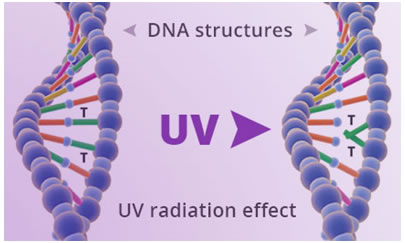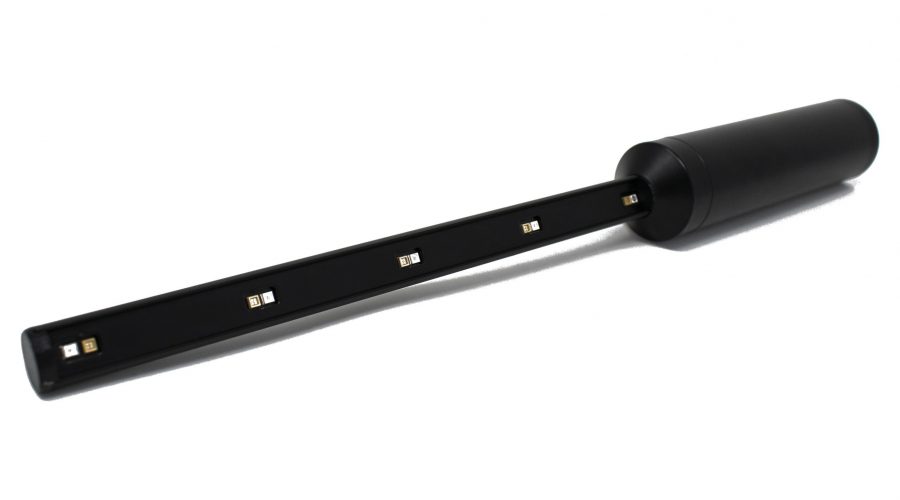Eat quiet thanks to UV LEDs
We often hear about food poisoning due to the consumption of contaminated food or drink. According to 2011 CDC estimates, the most common foodborne illnesses are caused by Norovirus and Salmonella bacteria. The food and beverage production chain includes many complex stages such as sorting, packaging, transport and preparation in which conventional disinfection systems are often inadequate.
UV LEDs offer compact and safe solutions for the disinfection of liquids, food surfaces and air without the use of hazardous chemicals.
The microbial region
Many are convinced that 254nm is the optimal wavelength for disinfection, a belief due to the fact that the main lamps used for this purpose (mercury vapor lamps) emit a peak at this wavelength. For years, due to the absence of alternative solutions to mercury vapor lamps, little attention has been paid to the various wavelengths of the UV spectrum. Today, with the advent of LEDs that can be “tuned” to specific wavelengths, we have been able to truly understand what wavelengths are effective for disinfection, sterilization and purification.
It has been shown that time and intensity are the key factors in determining germicidal efficacy. For example, two systems, one using 270nm UV light and one 280nm could have the same germicidal efficacy.

Germicidal wavelengths in the range of 200 nm – 300 nm

Germicidal mechanism
The DNA, RNA and proteins of microorganisms absorb ultraviolet light from UV LEDs, a photochemical reaction is triggered that breaks the chemical bonds of DNA and inactivates bacteria, viruses or fungi, blocking their reproduction and growth. The degree to which the germ population is rendered ineffective is usually publicly reported in the form of a percentage such as 99% or 99.9% effective.

Germicidal efficacy
The degree to which something is disinfected is a variable that can be measured. The typical convention is to say that something kills 99% of germs or maybe 99.9% or more. The following table shows the standard references of the Centers for Disease Control for reporting efficacy. The CDC considers 99.9999% effective as sterilized.
Levels of germicidal efficacy
Shown below are the reduction levels of one million bacteria on a medical device.
90% reduction – 100,000 bacteria remain.
99% reduction – 10,000 bacteria remain.
99.9% reduction – 1,000 bacteria remain.
99.99% reduction – 100 bacteria remain.
99.999% reduction – 10 bacteria remain.
99.9999% reduction – 1 bacterium remains.





